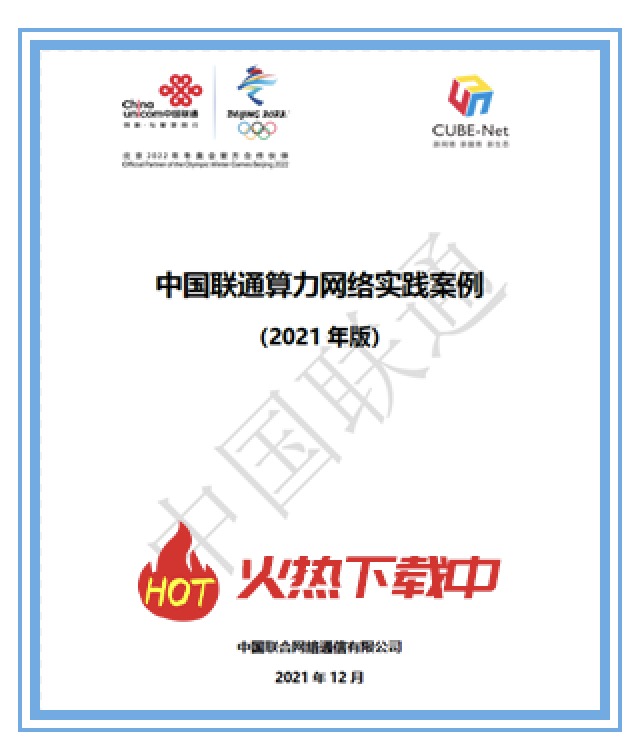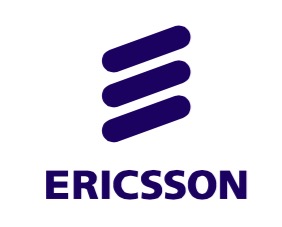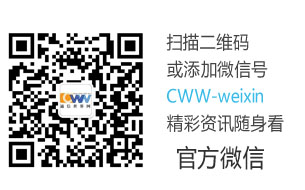This briefing outlines major trends and influences on of the converging Internet and mobile space. These are general observations, not evaluated for scale or timing of relevance for individual class of supplier, service provider, implementer or user. In recent years the long anticipated convergence between mobile voice and IP data communications has unfurled at an accelerated pace, dramatically impacting individual industries as they are reshaped along many common fronts.
1. Mobile data usage will shortly overtake personal desktop Internet access, thus shifting and intensifying OS battles for applications dominance and focus within IT.
2. Multiple attach rates of devices are driving market excitement and momentum as single OS and synched browser environments create a more uniform experience across screens (mobile, tablet, PC, TV).
3. Web device OS have taken precedent over much of the brand recognition of individual device suppliers and operators’ services.
4. Applications, and the OS environment common to them, increasingly drive subscriber loyalty and sway much premium content and service purchasing.
5. Applications’ influence on content and social portal interface is fragmenting and gaining share on native interfaces, web browsers, and premium content.
6. Security of mobile applications is a growing concern for all major OS, particularly Apple iPhone and Android.
7. App Stores have become the most significant new content distribution sales channel. Apple’s success with iTunes music and video is now enabling content sharing across platforms (TV, PC, tablets, and mobile).
8. Brick and mortar and Internet retailers, financial institutions, brokerages, real estate brokers, etc., are rushing to deliver mobile apps and seeing tremendous traction (i.e. eBay, Amazon).
9. The social game audience has segmented a major portion of the primetime viewing audience away from TV/cable.
10. Localization of the Internet is being enabled by mobile apps and content. While LBS (location based services) and mobile payments have made a modest impact, the socialization of the user experience (search, commerce, gaming, applications, advertising) is creating a new challenge to the creation of common portals, apps, content, and service development and marketing.
11. MIDs are now a reality: the simple definitions of form-factors needed for success are being broken by more useful combinations of screen resolutions and sizes combined with increasingly common or synched user experiences. A shift is occurring in which the ‘right’ size and functionality varies depending on the target market and the combinations of other screens available or already owned.
12. Apple continues to lead the user interface and device finesse wars but is now being challenged in diversity and features. Motorola’s Xoom provides an example of the trend that has begun to emerge as enabling components and software environments gain greater traction.
13. Battery technology has improved but remains short of needs for small devices, particularly for video applications and device capabilities to advance.
14. Innovations in ease of use will remain at the forefront of the ‘how to cook book’ for device market share gains. This includes both tighter Internet and enterprise applications integration.
15. Collaboration applications tied to social networking and popular email and messaging platforms are proliferating. This is part of a surge in mobile/anywhere enabled productivity tools. New forms of tools and aggregations may soon emerge into mainstream popularity.
16. The rise of the flatter world supply ecosystem (i.e. Mediatek in Asia is now delivering 400+ M phones a year plus a suite of white labeled services) means the field of competition for 3G/LTE multiple mode SoCs is broadly based.
17. OS shares of Apple and Google have quickly grown and appear to be consolidating apps development. The quest of the remaining OS for mainstream contention remains in doubt, despite consolidation of Nokia’s and Microsoft’s efforts and entrenchment of RIM in enterprise markets.
18. A battle is brewing for online identity management that can be pivotal to consumer loyalty. Social networking sites like Facebook, Twitter and LinkedIn face contention with leading OS platform suppliers.
19. Emergence of HTML 5 enabled web apps enables a new paradigm of cross-platform applications. This has more implications for Apple’s relatively tightly controlled user experience.
20. National developments bifurcate OS development environments. Particularly, China’s efforts to establish leadership of the core Android open OS has potential to create both competition and incompatibility.













